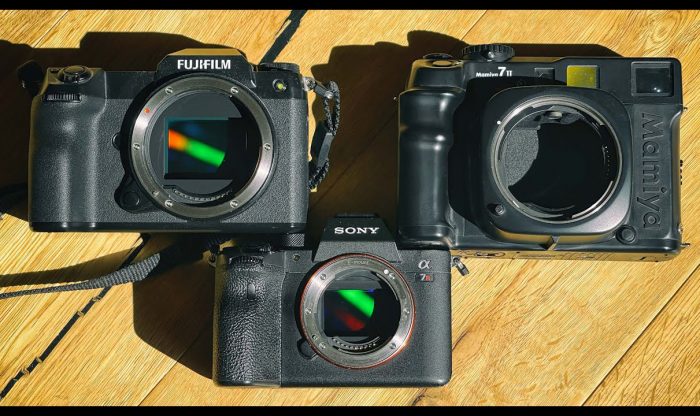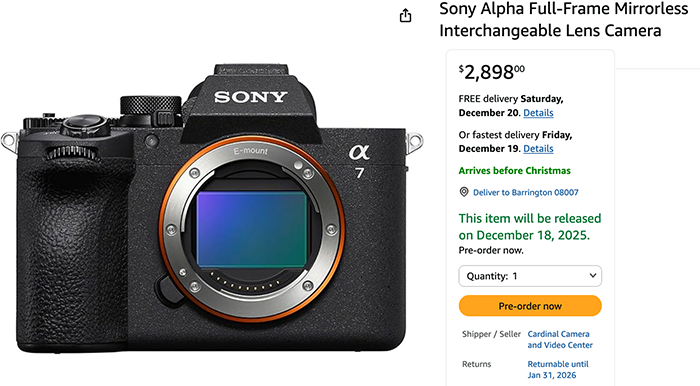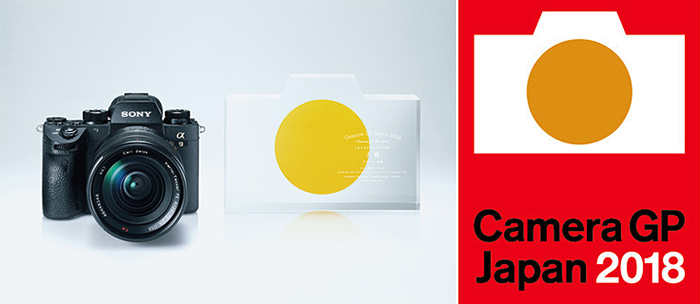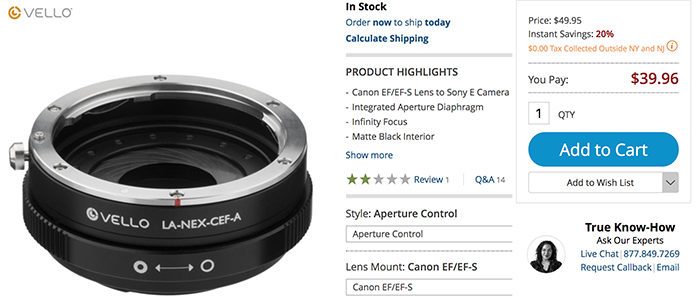The new Sigma 105mm f/1.4 for Sony FE preorders will open on May 25
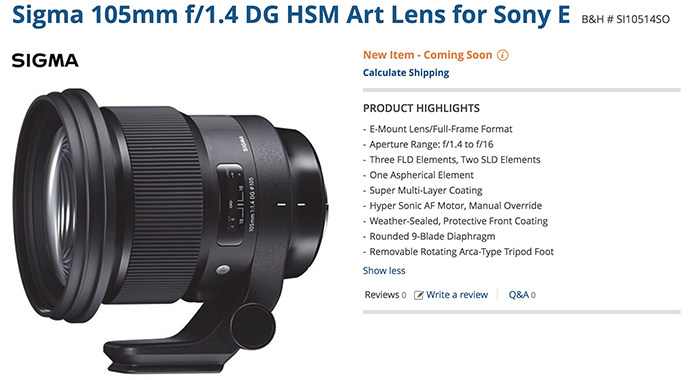
Sigma introduced the “Bokeh king”. This 105mm f/1.4 will be available for Sony E-mount too (it’s listed at BHphoto now). The lens is compatible with Sony’s Continuous AF, which would have not been possible by using the Sigma MC-11 adapter. That’s why this native E-mount version matters.
Nokishita reports the lens preorders will open on May 25th. The rumored price is just under $2,000.
All Sigma FE lenses:
All lenses listed on one page at BHphoto (Click here).
Sigma 14mm f/1.8 for $1,599 at BHphoto and Adorama.
Sigma 20mm f/1.4 for $899 at BHphoto and Adorama.
Sigma 24mm f/1.4 for $849 at BHphoto and Adorama.
Sigma 35mm f/1.4 for $899 at BHphoto and Adorama.
Sigma 50mm f/1.4 for $949 at BHphoto and Adorama.
Sigma 70mm macro for $569 at Adorama.
Sigma 85mm f/1.4 for $1,199 at BHphoto and Adorama.
Sigma 135mm f/1.8 for $1,399 at BHphoto and Adorama.
Here are all the info about this lens:

